Yates Account
Join now
Create a Yates account today!
Sign up to join the Yates Garden Club for monthly e-mails packed with seasonal inspiration, tips for success & exclusive promotions.
Plus if you’re a Garden Club member you can take part in the Yates Growing Community - a blog to share successes, get advice & win prizes in fun challenges along the way!

Forgot password
Enter the email address associated with your account, and we'll email you a new password.

Good looks are important, but don't focus on looks alone...you’ll get the best outcome from choosing a grass that’s a good match with the conditions at your place.
Here are our tips for choosing which grass from the Yates range is 'the one' for you.
Key Considerations:
- What’s the local climate like? Do you get regular frosts?
- What type of soil do you have? Is it sandy, or slow-to-drain clay?
- How much sun (or lack of) will the grass get?
- What will you use the lawn for? Will you have kids or pets playing on it?
- How much spare time do you have? Would you rather be doing something else at the weekend?
There’s a lot of variation between grass species; they all have different strengths and dislikes. So, if you think about the questions above while you're browsing through the 'pros and cons' below, it really helps to identify the 'winner' grass that'll suit you best. This will be the prime choice to remain healthy, resilient and stand the test of time.
Pros: Grows all year round, will germinate at temperatures as low as 3°C. Fast germination, establishment and growth. Very resilient, will cope with repeated traffic. Grows in a wide range of soil types.
Cons: Will tolerate light shade only, prefers full sun. Prefers regular fertilising. May need summer watering.
Pros: Contains fertiliser, to speed repair of bare patches and establish grass quickly. Germinates at temperatures as low as 3°C. Fast germination, establishment and growth. Highly resilient, copes with regular traffic. Grows in a wide range of soil types.
Cons: Will tolerate light shade only, prefers full sun. Prefers regular fertilising. May need summer watering.
Pros: Highly resistant to wear & tear. Excellent for high traffic zones and play areas for kids and pets. Fast germination, establishment and growth. Grows in a wide range of soil types.
Cons: May need summer watering. Prefers regular fertilising. Will tolerate light shade only, prefers full sun.
Pros: Highly frost tolerant, best drought tolerance among cool season varieties. Copes with extended wet conditions. Grows in a wide range of soil types, including poorly drained areas. Moderately shade tolerant, although happiest in full sun.
Cons: Slow growing, slower to recover from wear and tear.
Pros: Highly shade tolerant, but also happy in full sun. Exceptional frost tolerance. Very attractive fine, soft blades, deep green colour. Maintains colour throughout the year. Still looks great when long, so you can skip a mow.
Cons: May need summer watering. Prefers drier, cooler climates. Can struggle with pets or repeated traffic. Prefers regular fertilising.
Pros: Highly drought tolerant. Excellent coastal grass. Vigorous grower, forms dense, weed-resistant turf. Resilient and self-repairing, will cope with repeated traffic. Grows in a range of soils, but especially tolerant of sandy, free-draining soils.
Cons: Frost-sensitive. Goes dormant in winter. Needs regular mowing to keep it looking good. Sowing requires warm weather.
Overview of Grass Types
Conveniently, lawn grasses can be divided into two main groups: Cool Season grasses and Warm Season grasses.
Cool Season Grasses make the most of a temperate or cool climate and look their best during the autumn and spring growing seasons They are mostly soft, fine-textured grasses with intense green colour; they're quick and easy to establish from seed. They can generally cope with frost, moist soils and low sunlight hours; some species offer excellent shade tolerance. They aren't particularly drought tolerant, so they do need watering during hot summers.
Warm Season Grasses are perfectly adapted for a warmer climate, looking their best in late spring, summer and early autumn. They tend to grow better North of about Hamilton; or in coastal regions with no frost. They're very drought tolerant and hard-wearing, but need plentiful sunlight and warmer temperatures to thrive. These species are slower to establish and tend to go dormant over winter, but during their warm growing season they need regular (and low height) mowing to keep them looking tidy.
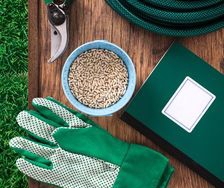
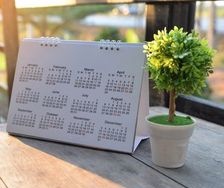
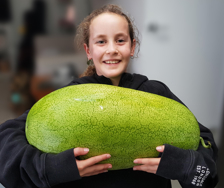

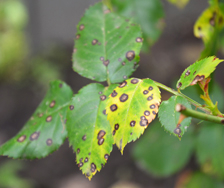
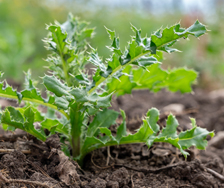
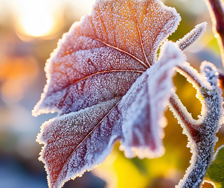
















Share
Share this article on social media